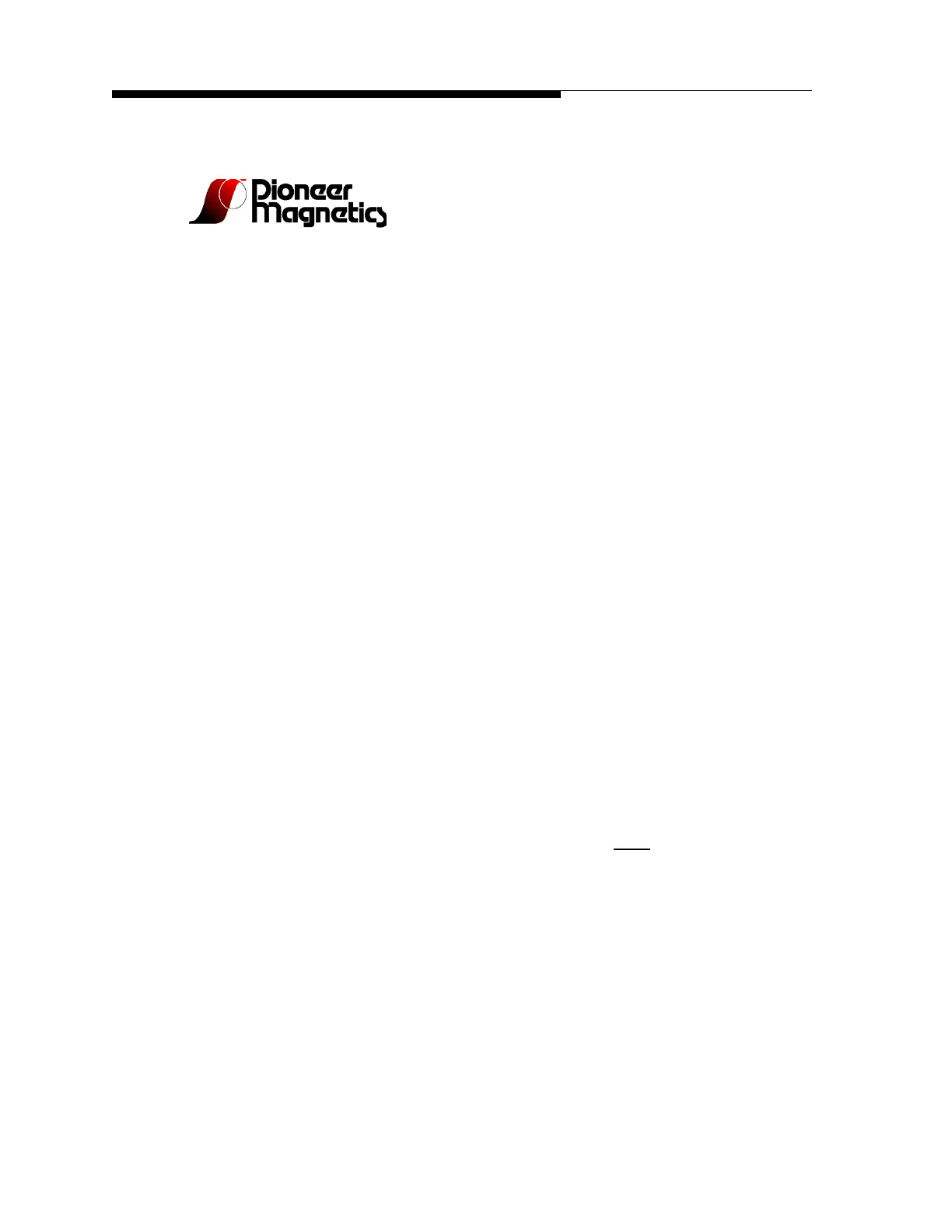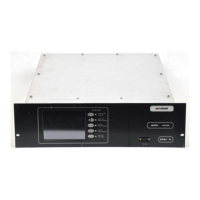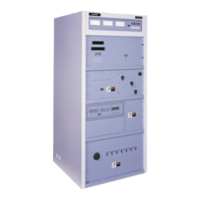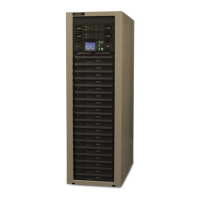3/6/08 888-2463-001 C-9
WARNING: Disconnect primary power prior to servicing.
Appendix C Pioneer Power Supply
Diamond Series™
PM33215F-8 Instructional Manual, Rev 3, 4/23/2007
7
Theory of Operation
The unit is made up of two separate converters boards called the Master Board and the
Slave Board. The two PCBs are identical. The difference is how the two boards are
populated with components. The Master board is fully populated with power handling
components, control components and the option hybrids. The Slave board is populated
with only the power handling components (Fig 2)
The two converters are connected in parallel at their outputs. The input is configured for
240VAC when the two converter input terminal blocks are connected in parallel (Fig 1).
The input is configured for 480VAC when the two converter input terminal blocks are
connected in series (Fig 1). The input section is designed for single phase operation
only.
Each converter board is comprised of a boost converter followed by storage capacitors.
The next stage is a DC to AC converter and feeds through a power transformer to
output rectifiers and output filter.
Each converter has its own house keeping power supply (Q1 and T2). This flyback
power supply runs off the high voltage storage caps (380VDC) and is controlled by aux
hybrid Z2.
Starting from AC line, the input is fed through 20A fuse, then the EMI filter, input
rectifier, inrush circuit and into a boost converter operating at 66kHz. The input voltage
is then boosted up to 380VDC. The boost converter is controlled by the Power Factor
Correction circuit. The instanteneous input current is modulated and is proportional to
the instanteneous value of the input line voltage (in average terms the input looks like a
resistor). The PFC circuit also controls the inrush circuit.
The PFC control circuit is isolated from the boost converter through a drive transformer.
A single drive transformer (T4) drives both the master board and the slave board from a
single PFC circuit. The PFC control circuit is housed on hybrid Z1.
The 380VDC bus on the storage capacitors (C11, C12, C13, C24, C25 and C26) is
chopped up into AC rectangular wave forms by full bridge MOSFET converter,
comprised of Q101-Q104, operating at 33kHz switching frequency. Note:
The flyback
converter, the boost converter and the full bridge converter are all synchronised to
together to avoid any noise beats.
The AC signal from the full bridge converter is fed through a step down power
transformer (T101) to the output rectifiers and an output filter. The output of the output
filter is monitored by Z101 (hybrid ) which is a current mode pulse width modulated
regulation controlled circuit.
